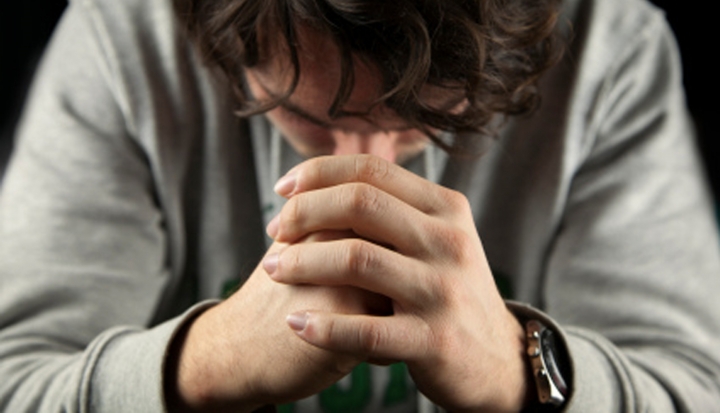Since it was first pioneered in the mid-1970s, restorative justice has been used in criminal justice cases throughout the world. But nowhere has the practice taken more of a hold—and shown more promising results—than New Zealand.
The New Zealand Ministry of Justice first introduced the practice in juvenile cases in 1989, proposing family group conferences instead of court proceedings as the first step in resolving criminal cases. In the first year, the change reduced the number of juveniles in court by 71 percent.
With the country’s adult prison population sharply increasing in the late 1980s and continuing to rise during the 90s, the adult criminal justice system began experimenting with restorative justice practices. It was formally introduced as a component of sentencing and parole in 2001, with offenders who plead guilty being placed in a restorative conference with victims, and judges then make sentencing and parole decisions based on the outcome of that process. Only when offenders refuse to plead guilty or will not cooperate with the restorative process are they tried in a traditional court setting.
“What they’ve done is they’ve taken the best of both systems,” says Howard Zehr, a professor of restorative justice at Eastern Mennonite University in Harrisonburg, Virginia. “The court is there to oversee and make sure that human rights are not violated, and to handle those cases that can’t be handled in a (restorative justice) conference. But the assumption is that it ought to be handled in the conference and the courts are seen as a scarce resource.”
Studies have shown the process to be an efficient and effective component of the criminal justice system in New Zealand. A report on offenders who went through restorative justice conferences in 2009 showed they were 20 percent less likely to re-offend within 12 months than those who did not participate in restorative justice. The conferences have also received high praise from victims, with 74 percent reporting they felt better after meeting the offender face to face.
Zehr believes a similar system could work in the United States and would help to reduce the current prison population. “There are absolutely some cases that have to go to court and there are some people who absolutely have to go to prison,” he says. “But there are a lot fewer than we often think there are.”
This article is a web-only feature that accompanies “Truth and consequences: When crime victims and offenders meet” which appeared in the March 2013 issue of U.S. Catholic (Vol. 78, No. 3, pages 12-17).
Image: Flickr photo cc by Fox valley Institute














Add comment